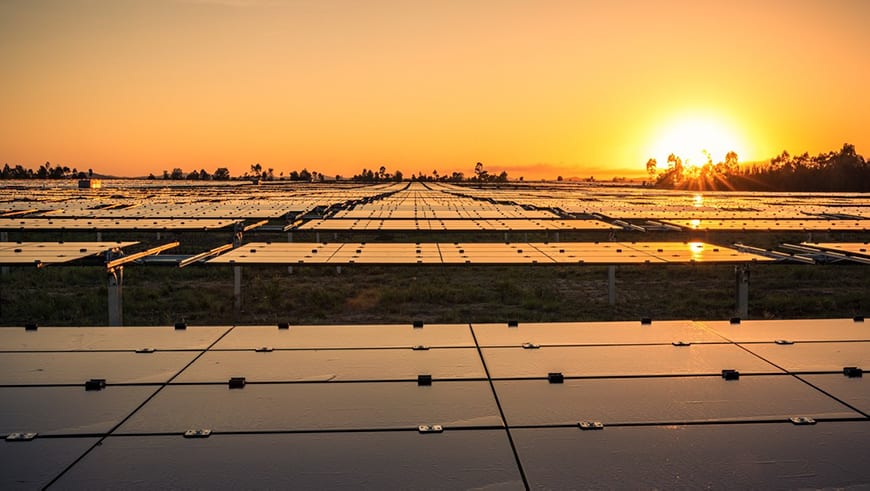

Kidston Solar Farm. Photo Credit: Genex
The progressive delisting of a number of renewable energy companies in Australia and overseas means that insights into the performance of the country’s growing portfolio of wind and solar farms is getting harder to find.
One of the few listed renewable energy companies on the Australian Stock Exchange is Genex, the owner of two operating solar farms, and projects such as the 250MW/2000MWh Kidston pumped hydro project, now under construction, the 50MW/100MWh Bouldercombe battery project (now seeking finance), and a host of other planned projects.
Its latest quarterly report, Genex notes that revenues from its 50MW Kidston solar farm, next to the former gold mine of the same name that will host the pumped hydro project, and the newly built 50MW Jemalong solar project in western NSW were higher in the December quarter, despite the impact of La Niña.
“Our two solar farms, Kidston Solar 1 and Jemalong, are continuing to perform well despite poor weather conditions owing to a La Nina summer,” the company said in its quarterly statement.
“We are particularly pleased with the strong merchant electricity and LGC prices which have contributed to group revenue during the period.”
Jemalong – which operates on a merchant basis, which means it takes the spot prices – produced 34.8 gigawatt hours in the quarter at an average bundled price (wholesale electricity markets and large scale certificates) of $83.81/MWh, or a total of $2.92 million.
Kidston did even better, at least on prices, delivering net revenue of $2.88 million from 31.4 gigawatt hours, or an average bundled price of $91.66/MWh, thanks to a long term off take deal with the state government.
In the same quarter last year it delivered around the same output, but a lower net revenue of $2.4 million. The difference is explained by the cost of FCAS payments to AEMO.
Both Kidston and Jemalong are located in states heavily dependent on black coal generation, which as the Australian Energy Market Operator has noted, caused them to have nearly double the average prices of other states in the December quarter.
This newly-emerged “north-south divide”, as AEMO describes it highlights the the difference between states already with significant shares of wind and solar (they have lower prices), and those still stuck with coal, which is causing prices to jump significantly, not least because of their growing unreliability.
In Queensland in the last quarter, 69 per cent of all coal outages were “unplanned”, which led to increased volatility (along with the rooftop solar duck curve), helping the only pumped hydro storage facility at Wivenhoe to a big leap in revenue to $30 million for the quarter, half of it on two days in December.
The LGC prices have also remained strong – partly due to growing corporate demand, and partly because some big retailers are playing complex games withs the market, deciding to pay a penalty price for not buying LGCs in the hope that they can get a rebate from the penalty, and buy LGCs at a cheaper price, later on.
Meanwhile, Genex has decided to focus on a major wind addition to the Kidston green energy hub, rather than a big solar expansion as originally proposed, and has also upgraded its planned wind farm to 200MW from 150MW.
The reason for this is mostly due to the emerging solar duck curve for solar, and the ability to source higher prices through wind which Genex says will produce mostly in the evening and a night-time. Feasibility studies on a 250MW solar addition will continue.
“Our target is to reach financial close by middle of next year and complete construction in early mid 2025,” CEO James Harding said during a webinar covering the quarterly results on Tuesday.
Akaysha Energy signs "sophisticated" revenue swap deal for its new Queensland big battery with a…
Mount Isa is looking to green energy and gravity storage in its disused mine shafts…
Climate 200's Simon Holmes a Court on the upcoming election, the role of independents, lessons…
The Coalition’s nuclear plan takes a gamble with our electricity system that old coal will…
Australia's first Indigenous-owned energy retailer is expanding into two more states just eight months after…
NSW announces review into transmission planning in possible move to have more say about what…